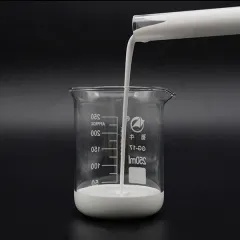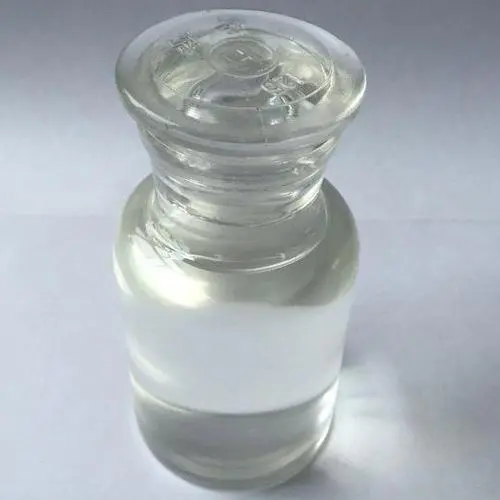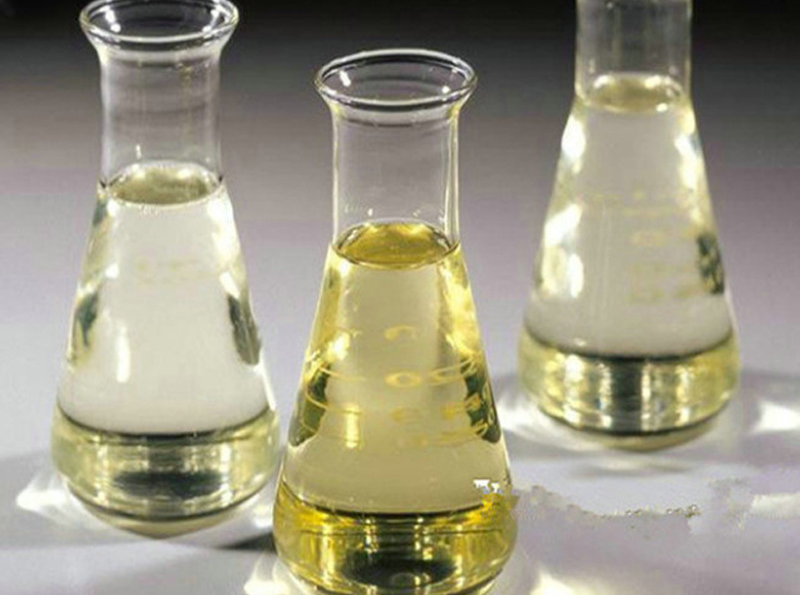The Magic of Suds: How Soap’s Secret Agent Gets Things Done
(How Does A Surfactant Work)
Ever wonder why plain water just slides off greasy dishes? Or how detergent lifts that stubborn spaghetti sauce stain from your shirt? The hero behind these everyday miracles is a tiny molecule called a surfactant. It’s soap’s secret agent, working quietly to make cleaning possible. But how does this little powerhouse actually do its job? Let’s break it down.
Think about water for a second. Water molecules like to stick together. This creates a kind of skin on the surface, called surface tension. It’s why water beads up on a freshly waxed car. This tight bond makes water resist mixing with things like oil or grease. They just don’t get along. Oil and water truly do separate. This is a big problem when you need to clean oily dirt.
This is where the surfactant steps in. Its name is a clue: “surface active agent.” It’s specially built for this job. Picture a surfactant molecule like a tiny tadpole or a pin. One end loves water. We call this the “head.” The other end hates water and loves oil and grease. This is the “tail.”
When you add soap or detergent to water, surfactant molecules rush to the surface. Their water-hating tails stick up out of the water, trying to escape. Their water-loving heads stay down in the water. This breaks the water’s surface tension. The water stops beading up and can spread out more easily. It gets “wetter.”
But the real magic happens when grease or oil is around. Those water-hating tails desperately want to get away from the water. They find the nearest blob of oil or grease and burrow into it. The water-loving heads stay anchored in the surrounding water. It’s like the surfactant molecule is a bridge. One end grips the oil, the other grips the water.
Now, as you scrub or agitate the water, these surfactant molecules completely surround the oil droplet. The tails are buried safely inside the oil. The heads point outward, facing the water. This creates a little bubble, or micelle, with the oil trapped inside a shield of water-loving heads.
The oil droplet is now encapsulated. It’s hidden inside this protective ball. The outside of this ball is covered in water-loving heads. This means the whole thing can now be whisked away by the water. The oil isn’t just floating on top anymore. It’s fully mixed in, suspended, ready to be rinsed down the drain. The dirt is trapped and carried off.
(How Does A Surfactant Work)
Surfactants don’t just clean dishes and clothes. They’re essential in shampoos to lift oil from your hair. They’re in toothpaste to help spread it and trap debris. They help firefighting foams smother flames. They even help medicines mix better inside your body. They’re molecular diplomats, constantly negotiating peace between water and oil. Next time you see bubbles forming in your sink, remember the tiny, tireless surfactant agents hard at work, making the impossible clean-up happen.
Inquiry us
if you want to want to know more, please feel free to contact us. (nanotrun@yahoo.com)




